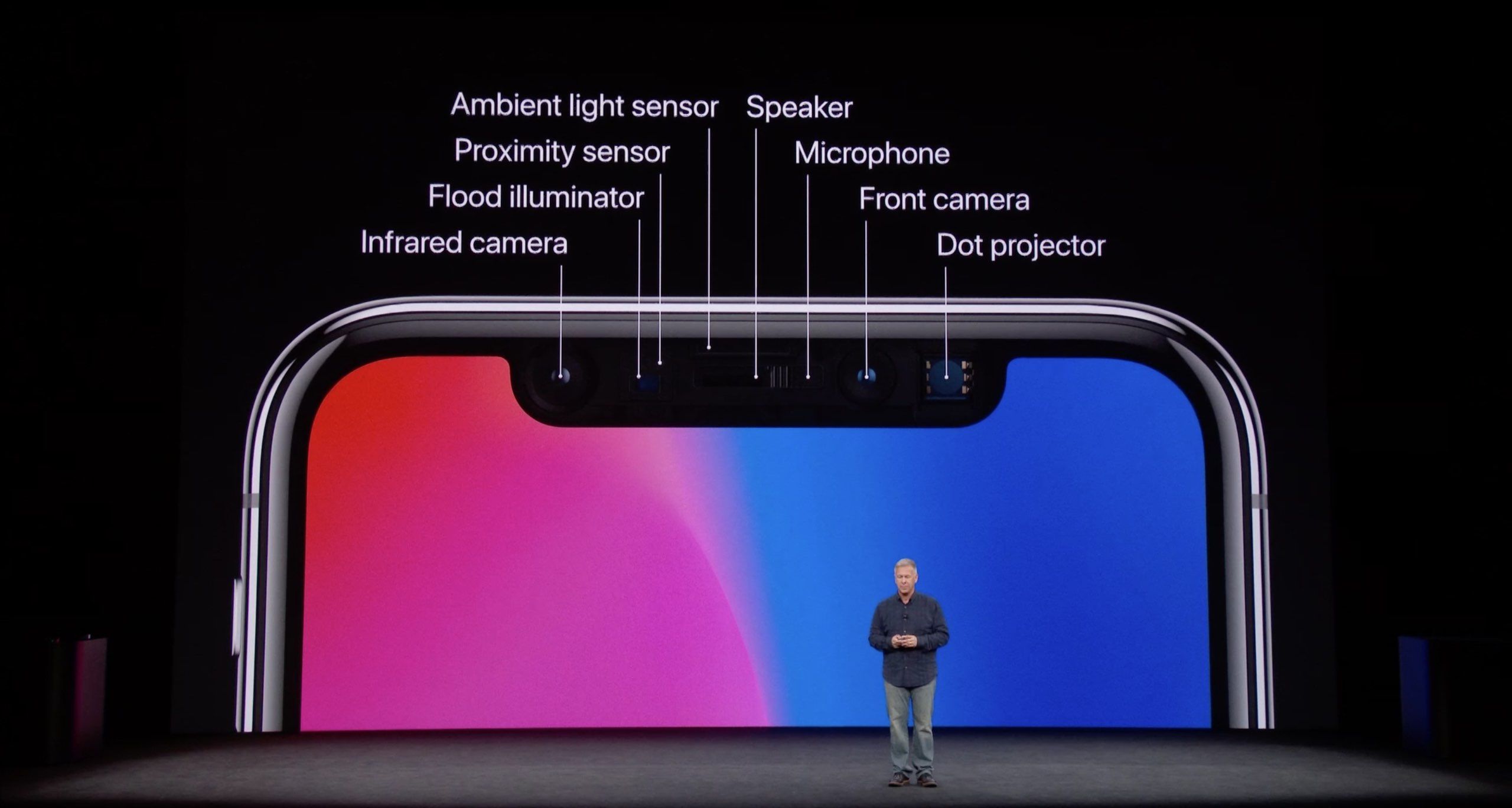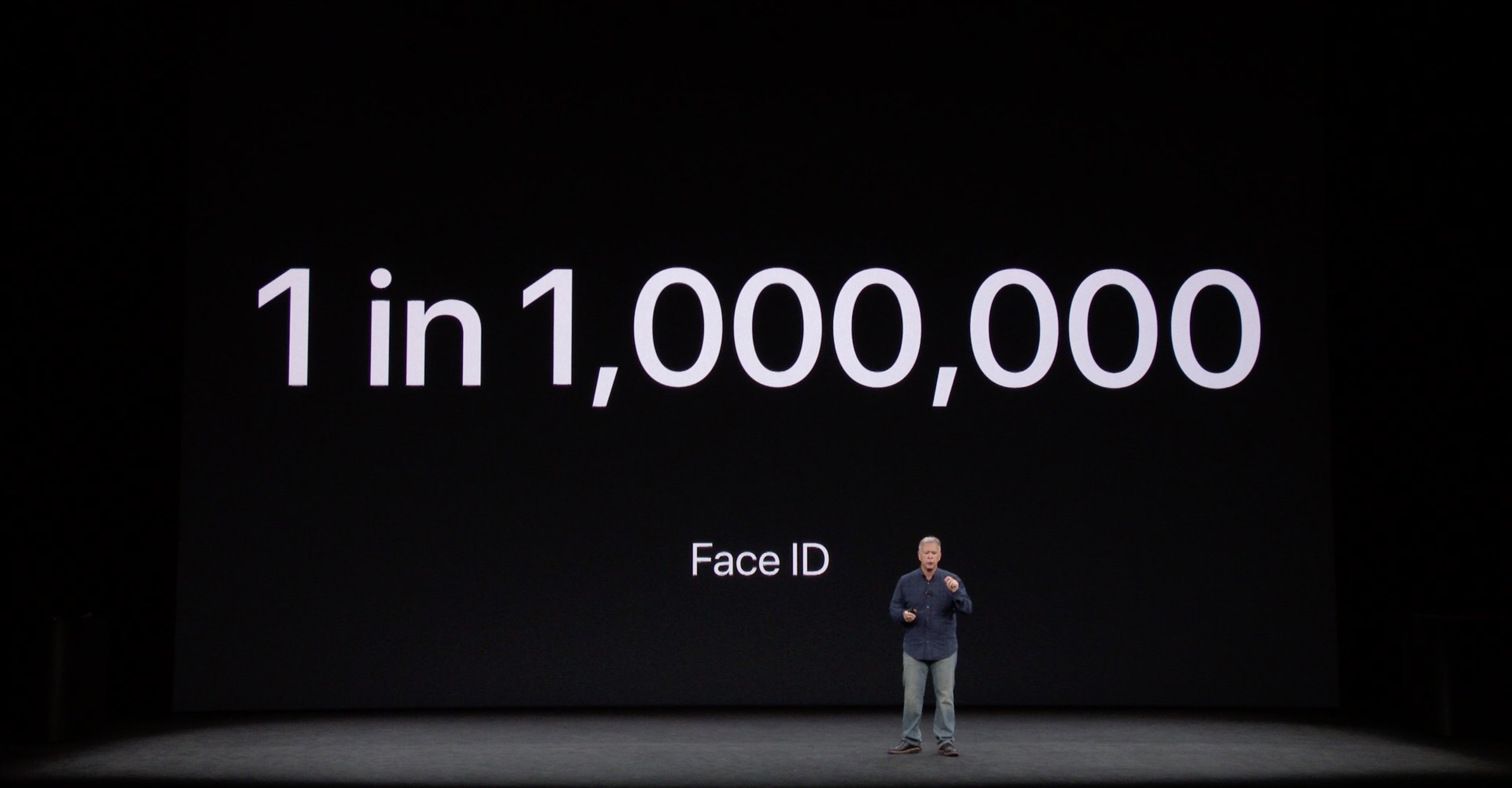
Android vendors are clamoring to copy Apple’s 3D facial recognition technology, dubbed Face ID, and the TrueDepth camera built into the upcoming iPhone X, says revered Apple analyst.
According to a research note by analyst Ming-Chi Kuo from KGI Securities, obtained by Business Insider, Android makers are starting to take a much closer look at 3D sensing technology, especially following September’s iPhone X introduction.
For Android makers, Face ID and 3D sensing have replaced “under-display optical fingerprint recognition as the latest key investment theme”, according to the well-regarded analyst.
Here’s an excerpt from Kuo’s research note:
Android brand vendors are increasingly engaged in 3D sensing since the iPhone X announcement. Enquiries about solutions from Android brand vendors have roughly tripled, or more.
We’ve seen a substantial pick up of interest and involvement among top Android brand vendors in 3D sensing since iPhone X was unveiled.
The analyst sees 3D sensing in iPhone X as a breakthrough feature:
3D sensing is a revolutionary user experience that warrants a premium on gross margin. 3D sensing not only enables facial recognition in security applications and allows users to create fun expressions like Apple’s Animoji. On a more important level, it is a key factor in the development of augmented reality.
But ripping off Face ID will be easier said than done.
As Kuo himself previously estimated, Apple’s TrueDepth camera gives iPhone X a 2.5 year lead over Android. This was echoed recently in supply chain reports saying major Android vendors won’t release 3D-sensing phones before the first half of 2018 due to technological challenges.
We’re seeing a repeat of the Touch ID situation here.

When Apple rolled out Touch ID on iPhone 5s back in 2013, the industry took notice. It took Android vendors about two years to add seamlessly integrated fingerprint sensors to their devices, and now most smartphones come with fingerprint recognition.
Thanks to Apple’s brand power and sales, the TrueDepth camera and Face ID in iPhone X will once again make the rest of the industry copy Apple’s approach. And in a few short years, 3D sensing will be an ubiquitous feature on most smartphones, save for low-budget ones that will probably continue to ship with fingerprint scanners that cost less than 3D-sensing cameras.

I’m convinced the days of the smartphone fingerprint scanner are actually numbered because security numbers of one in 50,000 for Touch ID versus one in a million for Face ID are enough of a motivation for the industry to embrace 3D facial recognition.
Thoughts?